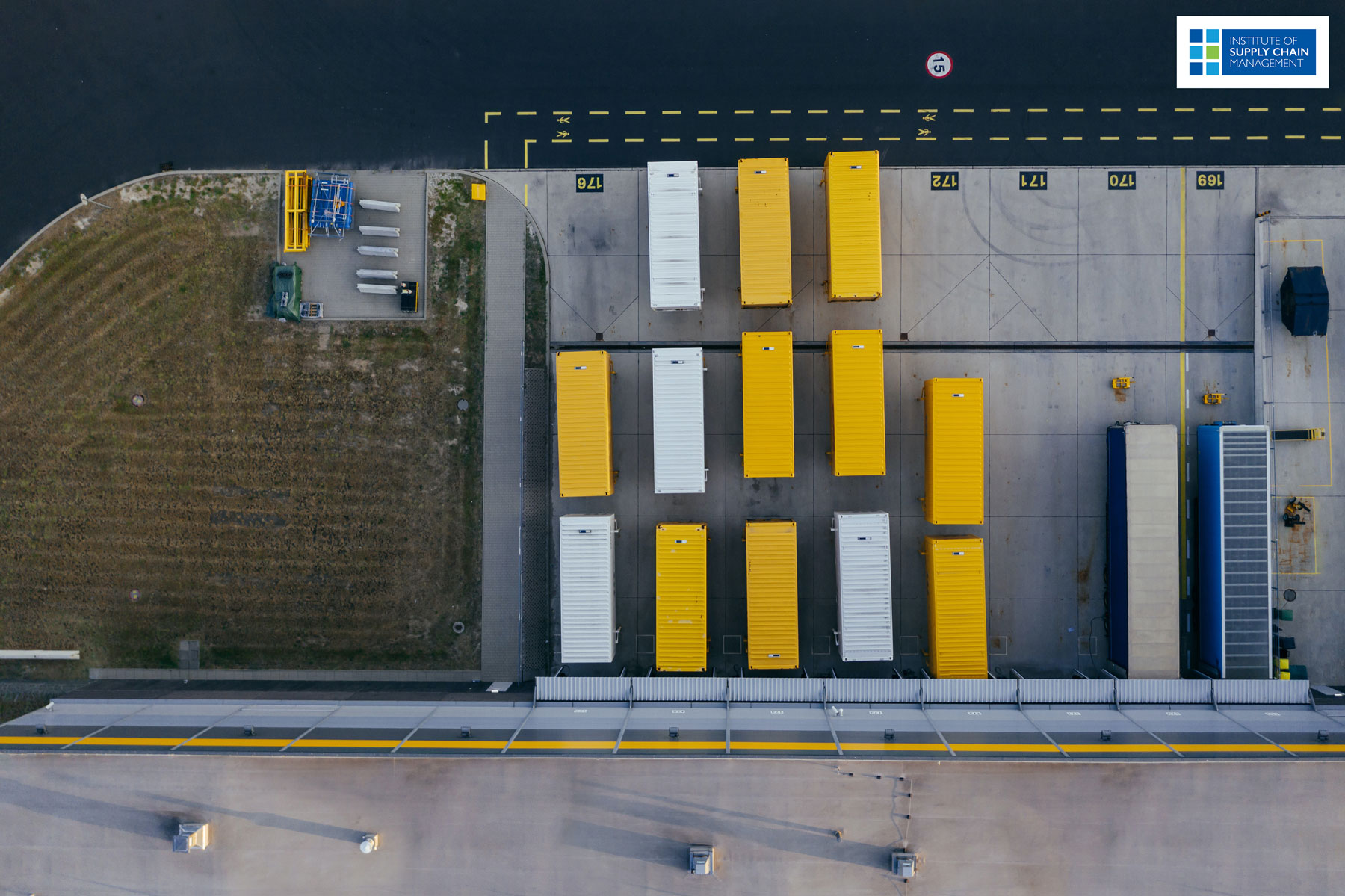
The pervasive COVID-19 has made it challenging for freight shipping and logistics across the world. Public-health measures responsible for controlling the pandemic have lessened economic activity, and economic-policy countermeasures have gone only so far. According to a study by McKinsey, the US GDP subdued by almost 1.2 percent in the initial quarter of 2020, with lay-offs rising by about 14.7% at the start of April. With no clear timeline on the quarantine and other restrictions to end, freight companies are responding to the pressing crisis by saving cash, planning safe work spaces, modifying the size of the workforce to match the prevailing market, and rendering humanitarian support.
However, not all shippers have been affected equally. Due to this ubiquitous scenario, the demand has been volatile, spiking the freight cost and plummeting the transportation process and customer convenience. Contrary to last year, at the start of 2020, trucking volumes initially increased by approximately 30%. This was a by-product of panic buying, which later sank markedly, and may soon be ticking back up. Also, railroad volumes have declined by almost 20% and have still not recovered. Last-mile shipments and deliveries have swelled up ten times over; however, ocean shipping is still down by 25%. In better times, patrons have a range of options for choosing the routes to move the freights to the market, from quick but costly options to the economical option of freight costs for shipping containers by the sea, air, or land. The industries’ conformity, dependability, and tractability ensured that consumers paying for these services had little obligation to uphold large inventories of stock themselves.
The freighting sector has been severely pummelled as containers are put under quarantine for weeks before being released into the ports, thereby stalling the shipping processes.
Shipping vessels are stuck at the harbours and are on transit at the state borders. Moreover, raw materials or goods are incapable of reaching these ports because of the outspread lockdowns. Additionally, the requirement for raw materials has lessened for several traded products as most countries now require medications, pharmaceuticals, medical equipment, and other requisites to battle the virus. Consequently, shipping lines are functioning under-loaded, which upset the stability of the ratio between the revenue realised and the operational freight costs. Moreover, there is a drastic curtailment of workers at the terminals, air cargo facilities, inland container depots, shipping ports, government authorities, warehouses, customs, and others due to quarantine, which precludes any expanse of supply chain movement. For instance, Asian ports in countries Asian ports in countries including South Korea, Singapore, and Taiwan have introduced stringent screening systems at their hubs, placing several crews under quarantine and limiting the workforce to prevent the virus from spreading further.
From the very inception of these initiatives, there have been striking impediments for the shipping sectors, leading to several order cancellations resulting in a spike in freight costs and a slump in shipping trade opportunities. The first- and last-mile conveyance and intermodal connectivity of freights within the domestic segment of the supply chain have come to a cessation due to the ubiquitous situation. This has impacted the transportation of supplies, directly proportional to the rise in freight costs. Thus, the rising freight costs, dwindling capacity, and alarmed consumers are shaking the freight industry upside down. Moreover, the American Association of Port Authorities observes 1Q volume lowered by about 20%, involving blank sailings that may hold freight costs of approximately US$1.9 billion to the carriers. Additionally, rail freight impacted by intermodal is down by nearly 50%, which includes from California’s Long Beach as well as Los Angeles ports. These are the chief container ports in the States and the busiest ports in the Western Hemisphere.
‘There is going to be a need for real-time visibility and flexibility’
Thus, shippers need to estimate the viable options and model changes across various conveyance modes while considering the blockers, transit delays, and significant spike in freight costs. Manufacturers and retailers require to formulate prioritisation strategies for their patrons, conceivably with set limits per customer. It’s advisable to incorporate systems integration such as ERP, TMS (Transportation Management System), WMS (Warehouse Management System) whenever possible, and predictive analytics or scenario modelling, which would be a good practice. Moreover, it’s also vital to be mindful that while there will be few countries that will start scaling up their manufacturing process and shipment, there will also be others who may induce containment tactics to approach this outbreak’s repercussions the freight costs and industry as a whole. This will need real-time visibility and flexibility across various shipping modes and the flexibility to accommodate everything. These may include sustainable inventory quantities and feasible locations for substitution whenever required.
Several shipping experts highlight how crucial it is to keep the flow of goods running while ensuring local terminals and ports are kept accessible. Even while recognising the criticality of the ubiquitous COVID-19, it’s essential to keep the goods and foods flowing to places of need while catering to the safety measure. This is where the shipping industry lands a lifeline to the global populace while contributing to the worldwide economy and the government.
